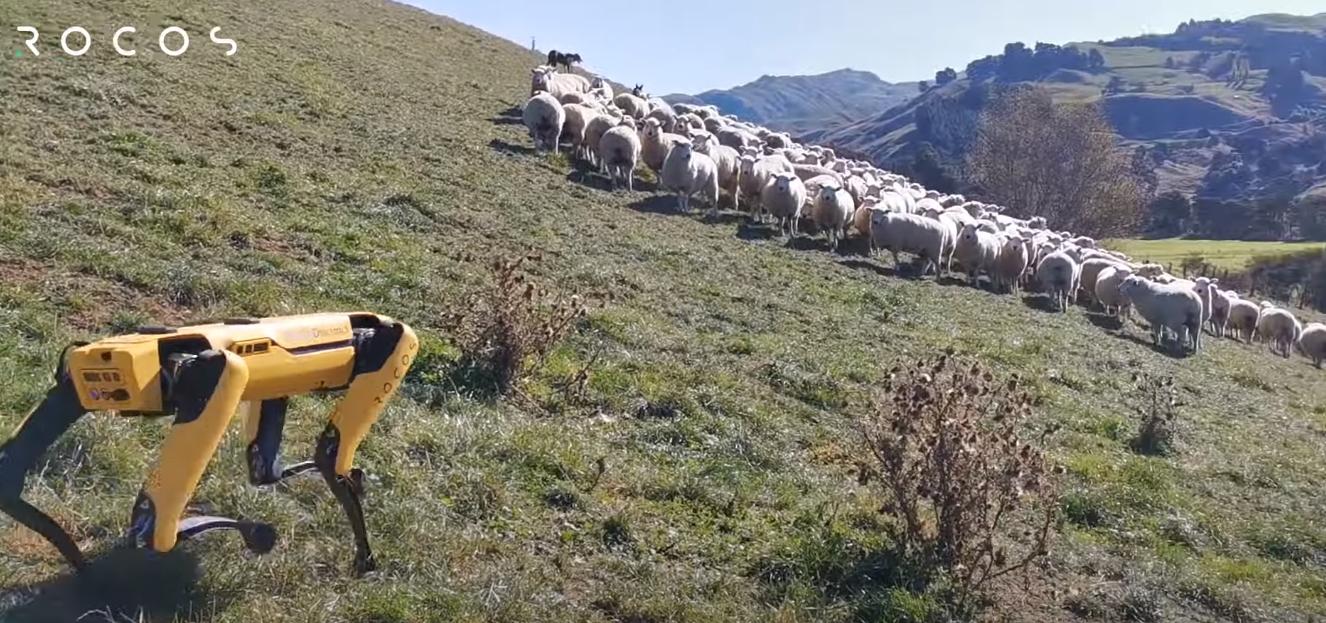
Robots - swarms, herds of robots
Forecasters see in their visions swarms of robots revolving around us. The ubiquitous robots will soon be repairing this and that in our bodies, building our homes, saving our loved ones from fires, mining the lands of our enemies. Until the tremor passes.
new generation of robots appeared about ten years ago. Programmed or remotely controlled by humans, they are already vacuuming our homes, mowing our lawns, waking us up in the morning and running away, hiding when we don't turn them off fast enough, roaming other planets, attacking foreign troops.
Can't say more about them? autonomous and independent. This revolution is yet to come. According to many? soon robots will start making decisions independently of humans. And this worries many, especially when we talk about military projects, for example, designed to combat, fly and land on X-47B aircraft carriers.
Machines are becoming not only smarter, but also physically more efficient. They move faster, see better, can assemble and repair themselves. They can also work in teams, coordinating their activities in a group (or herd, if you prefer) of many machines.
Good to know
In November 2012, an X-47B autonomous drone landed on a US Navy aircraft carrier. Actually, "drone" is too modest a word in this case. It is called an unmanned combat aircraft. Its power unit is the Pratt & Whitney F100 engine, the same one that powers the famous F-15 and F-16 fighters. An autonomous vehicle can stealthily penetrate enemy airspace, recognize enemy positions, and strike with a power and efficiency never before seen by aircraft.
coordinated swarms of robots is another technical achievement in robotics, after records: physical fitness, autonomy and independence in decision-making. Recently, researchers at Rice University in Texas have developed algorithms that allow a swarm of more than a hundred robots to work in a coordinated manner, which is a record, but certainly not the last word. Before us are the prospects of creating a perfectly organized, impeccable army of robots.
Robots can work as a team
More and more fast, strong and learning robots - let's add. Last September, we learned that the Cheetah, a four-legged robot designed to hunt and kill military service victims, reached a speed of 45,3 km/h. The robot's result is 0,8 km/h better than the best result of the world's fastest man, Usain Bolt. In October, the world admired the flight of the Swiss team. quadrocopterswho tossed and caught the ball into the net, making progress in each exercise until it was perfect.
However, not everyone is unconditionally enthusiastic about the progress of robots. The media repeatedly appear frightening comments on the latest military plans to create and equip the army with "autonomous" combat robots.
The U.S. military already has about 10 unmanned aerial vehicles (UAVs) in service. It uses them mainly in zones of armed conflicts and in areas threatened by terrorism, in Afghanistan, Pakistan, Yemen, and also recently over the United States. Currently, they are controlled by a person remotely and it is people who make key combat decisions, especially the most important one - “to open fire or not”. It is expected that the new generation of machines will largely be freed from this strict oversight. The question is to what extent.
“The evolution of combat vehicles is relentless,” said military robotics expert Peter Singer in Cosmos magazine, “these systems will and should become more and more autonomous systems.”
Representatives of the military circles assure that the cars are not at all unleashed. “The man will still be in contact with the machine and he will make key decisions,” says Mark Maybury, a scientist with the US Air Force. According to his explanations, it is more about greater independence, because. robot on plasticine paint now he sees, hears and notices much more than the most nimble but remote human operator.
The main problem remains the question of possible errors that can occur at the scene. While self-learning Swiss drones are not a threat to drop a ball on the ground, military mistakes can be disastrous and, of course, the fact that a machine learns from mistakes is not very reassuring.